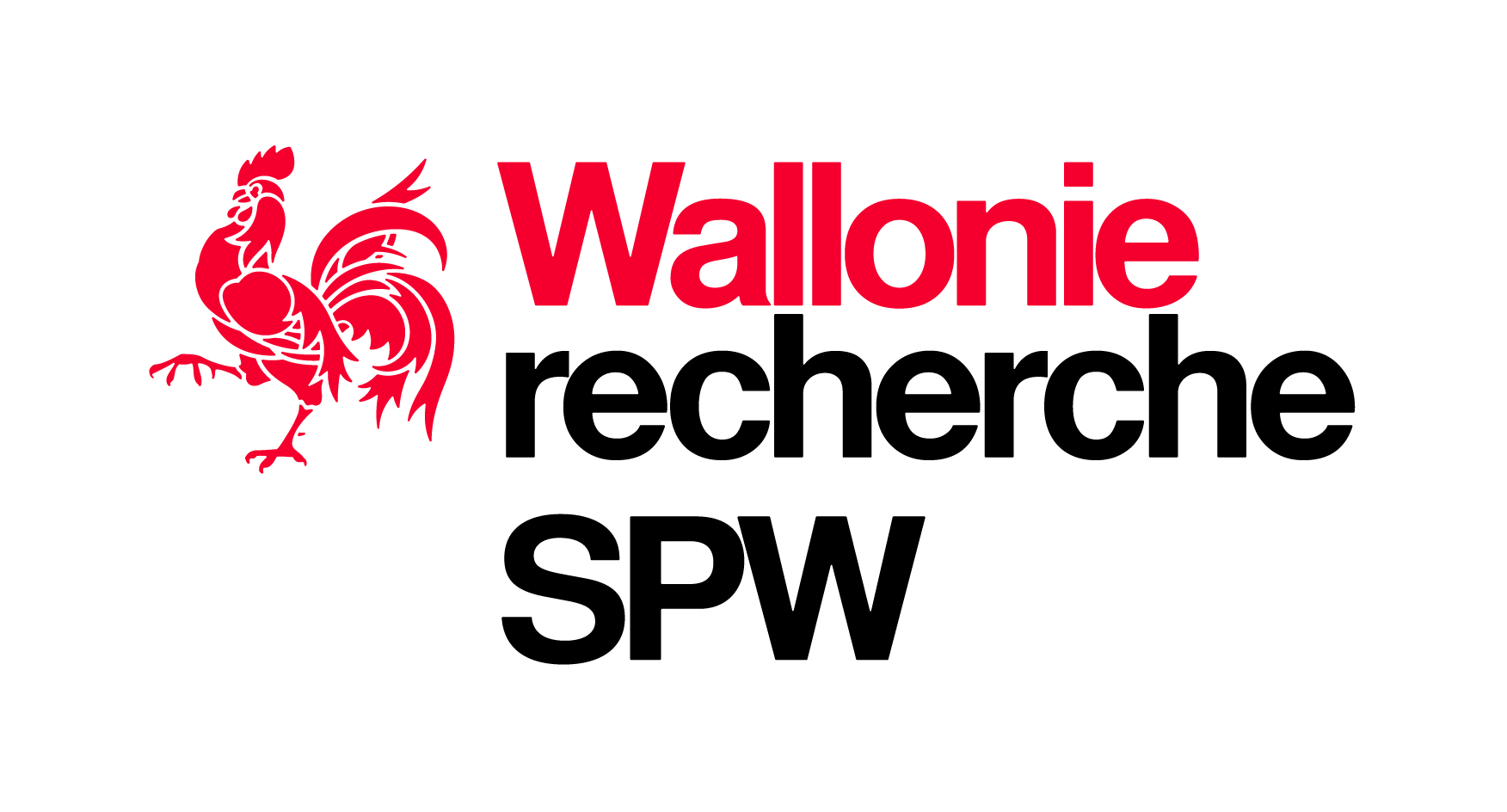BL3 Lab
Expertise
The Research Unit in Biology of Microorganisms (URBM) gathers 30 researchers and technicians studying microorganisms (mostly bacteria) at all levels of integration from molecular to cellular bacteriology and their relationship with eukaryotic hosts.
Caulobacter crescentus, Capnocytophaga canimorsus and Brucella sp. are used as working models to study the functions, the structure and the interactions of proteins involved in cell cycle-associated processes, regulation of gene expression, metabolism and, more specifically to Brucella and Capnocytophaga canimorsus, in the modulation of the host innate immune response.
Description
A Biosafety Level 3 (BL3) lab is a high biological security area were researchers can handle classified level 3 pathogen organisms in the best security conditions. The University of Namur BL3 lab structure, equipment and procedures comply perfectly with the Walloon region Government requirements (Ar. 04 July 2002).
All biological agents are classified in 4 groups, #4 being the highest risk.
Level 3 agents can cause severe illnesses to humans or animals, and be significantly dangerous for those directly in contact but not for a community. Efficient therapeutic treatments exist.
The BL3 was built as a "box in the box", an independent structure built inside an existing building. This 120 m² infrastructure, accessible through a double airlock, has 3 seclusion rooms, an animal housing facility and a shared preparation and service area. 10 researchers can work there simultaneously.
Prior to using the BL3, individuals are trained in the correct and safe use of the facility. Experimental protocols are reviewed to insure maximum safety of all planned experiments.
Equipment
Major equipment
|
Other features
|







